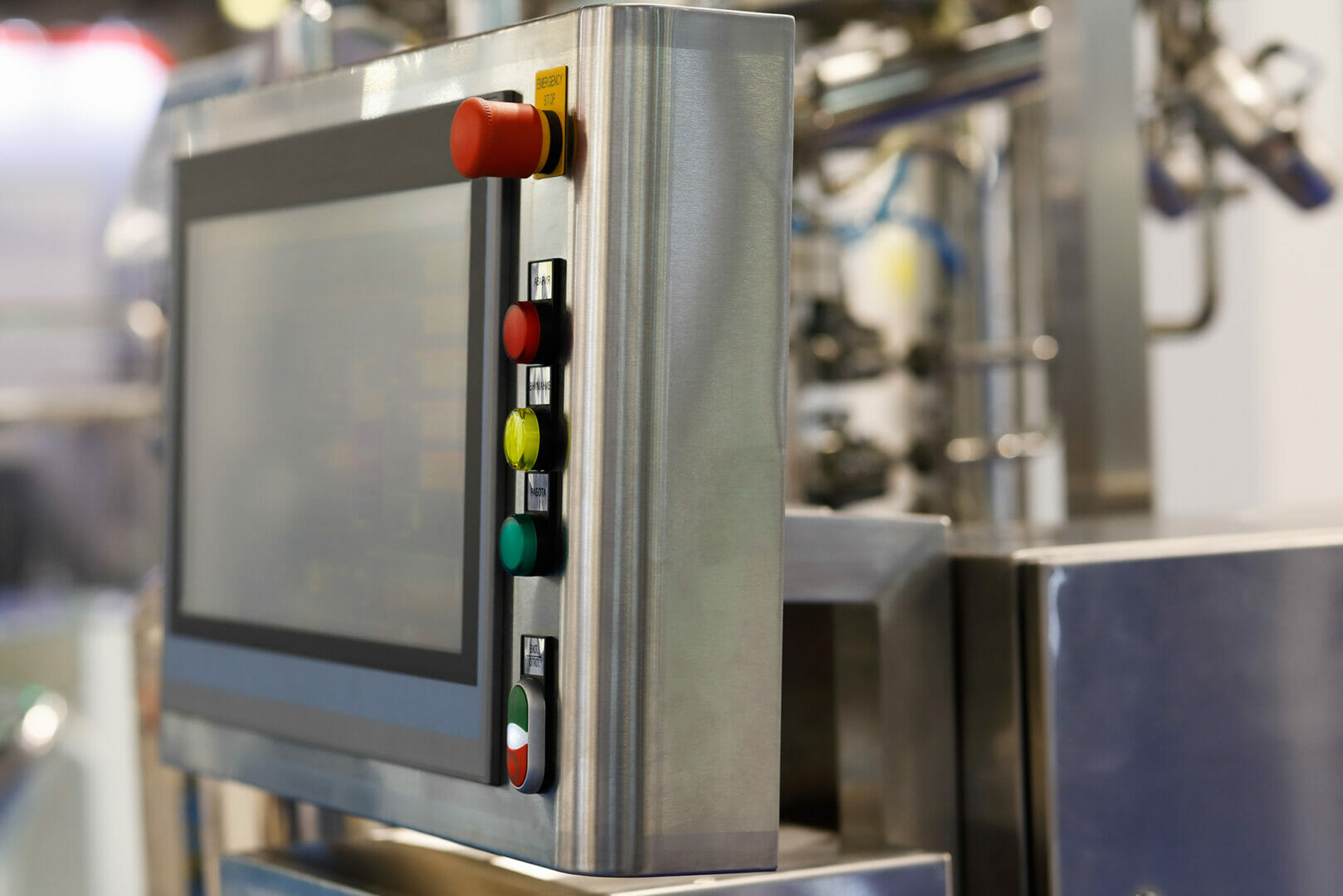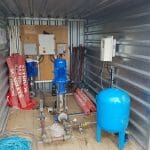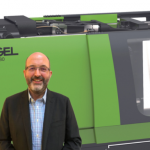The first machine that could be considered an industrial PC (IPC) was released by IBM in the early 1980s, designed for the rigorous operations of industry. Almost 40 years on, IPCs are commonly used as automation controllers in many industrial environments. However, selecting the right IPC for these industrial environments is anything but straightforward. Here, Stephen Hayes, managing director of Beckhoff Automation UK, explores the main considerations for success when choosing an IPC.
It’s something of an understatement to say automation is at the centre of modern industry. Automated systems and software have made significant gains in efficiency, productivity and safety over the past few decades. Generally, it’s necessary to use some form of automation system to remain competitive in today’s industrial market.
These views are generally shared across most industrial sectors in the UK, albeit with mixed results as far as implementation is concerned. In PwC’s 2019 Annual Manufacturing Report, there was positive sentiment towards automation and digital industrial technologies among industrial companies — almost three-quarters (74 per cent) accepted that they’ll need to adopt digital technologies to prosper in the years ahead.
Many have started this journey. BDO’s 2019 New Economy: Investing in Automation report indicated that 93 per cent of manufacturers had invested in automation — six per cent more than the average adoption rate nationally. Yet the UK Government’s business, energy and industrial strategy (BEIS) committee still believes that UK industry is lagging behind other world economies in the adoption of automation.
However, getting started with automation systems can be quite complicated. Part of the adoption process requires investing in the right hardware, which invariably requires choosing the right automation controller for your operations — be it a programmable logic controller (PLC), IPC or programmable automation controller (PAC).

IPC requirements
Firstly, we need to address the technological elephant in the room that is the infamous argument of PLC vs PAC vs IPC. This mass industrial debate boils down to preference of vendor and supplier more than significant technological advantages or disadvantages. That said, at Beckhoff we prefer PC-based control systems that more readily support open architecture, but which can be secured effectively.
IPCs come in several forms. First, there are control cabinet PCs, which are the computing units most people are familiar with, that slot into control panels and cabinets. Then there are embedded PCs, which are specialised PCs embedded into larger systems, and panel PCs, which couple a typical IPC with a user interface such as a touchscreen.
Plant engineers choosing an IPC will likely have some idea of the technical specifications they need. Often, this is determined based on the requirements of the automation software and operating system (OS) being used, as well as compatibility with other networked devices.
In recent years, one OS that has started gaining traction is FreeBSD, an open source OS that is similar to Unix. One of the core benefits of this OS is that it boasts very low latency compared to other Unix-based systems like Linux, which is particularly advantageous in an industrial network.
This is one of the reasons why Beckhoff is currently looking at coupling this OS with its TwinCAT software as an alternative option for its IPC systems in the months ahead. This package, the TwinCAT/BSD, will support all TwinCAT runtime functions and the installation of FreeBSD applications and Linux programs in one system.
Environmental matters
For plant managers, considering the operating environment is arguably the most important step when choosing an IPC. Unlike traditional office PCs where specification is led by technical requirements and processing capabilities, IPCs require careful attention to factors such as ingress protection (IP), cooling and ruggedness.
Industrial environments are far from the friendliest operating environments for computers. Mining processes, for example, can produce significant amounts of airborne debris. Similarly, welding applications naturally require high temperatures and most heavy industrial processes will generate high levels of vibration that can affect equipment. Engineers and managers should therefore plan accordingly.
There are several ways to counteract this. If you’re working in an industry prone to dust, choosing an IP6X-rated IPC ensures protection against total dust ingress. Similarly, offshore engineering or chemical processing environments where liquids are present will require an appropriately protected IPC, rated to anything from IP64 — for protection from dust and water spray from any direction — and above.
Protection from water-based ingress is a key consideration for any industry where washdown is essential, such as food and beverage manufacturing. In these applications, protection against ingress from high pressure jets of water — IP66 — will be required. IP-rated PCs are also advantageous in high temperature operating environments to mitigate for the impact of condensation.
In IPCs, the only way to reliably achieve such IP ratings is by going fanless. Fanless designs boast an additional benefit of being more compact due to the lack of bulky ventilation systems, which makes them ideally suited to space-restricted applications. However, these designs necessitate an effective heat dissipation system to avoid overheating, which can otherwise reduce performance and damage components.
Fanless IPCs benefit from having additional space around them for heat dissipation, as most will use passive cooling — where components operate at a slower speed, thus producing less heat — alongside heatsinks. For example, Beckhoff’s C6025 ultra-compact IPC uses passive cooling and a cooling plate to dissipate heat.
Enduring operation
For most control cabinet and panel IPCs, durability and robust design is crucial. Most IPCs will have a durable housing as standard to minimise the impact of factors such as vibration and shock.
If you’re considering Panel IPCs, you’ll also need to think about the interface attached to them. For example, industrial touchscreens need to be robust, suitable for use with gloves and designed without a bezel around the screen to improve hygiene and cleanability.
Engineers that consider these points will find they narrow their choice to a series of IPCs that suit their needs and, crucially, fit their operations. However, weighing up the options is equally complex and comprehensive — which is why many engineers consult with industrial computing experts such as Beckhoff Automation.
Four decades on, IPCs have grown in number, capability and complexity to become a cornerstone of modern industrial automation. While it does mean that making the right choice is more difficult, doing so will reward engineers with a well-performing network of devices that can support productivity for decades to come.








